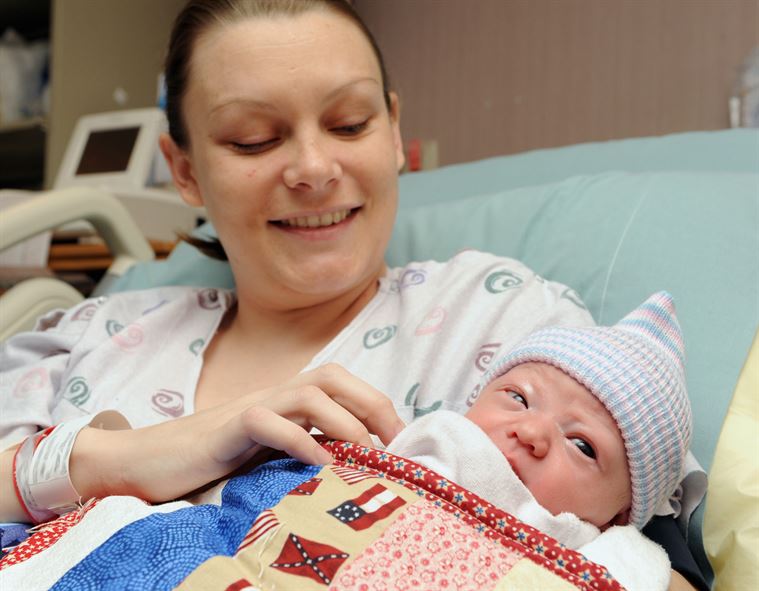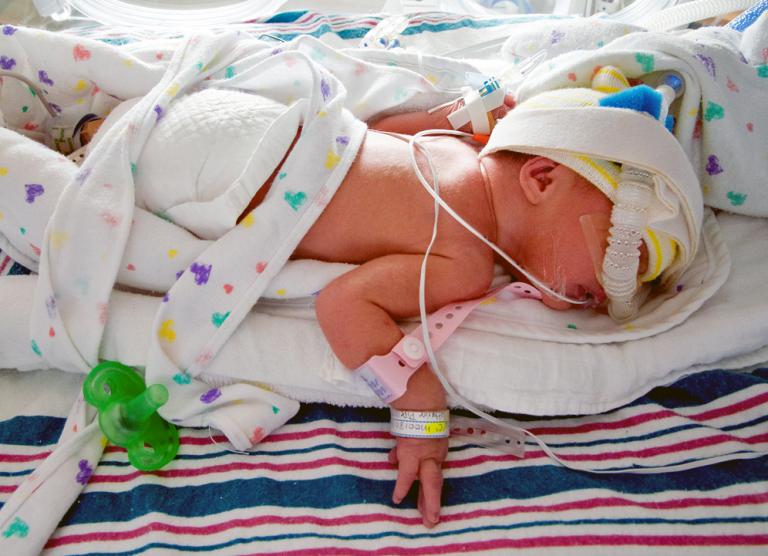
“Trust women.”
That’s what we’re told, time and again.
We should “trust” that there is no need to criminalize abortion at any point in time up until labor and delivery itself because:
Only a small percentage of abortions are performed after really starts to look at all human, or at any rate after viability, or certainly at that point in time when, in other circumstances the baby would simply be a little bit premature;
Because of the need to have put up with pregnancy for some time, and the added difficulty of a second-trimester, much less a third trimester abortion, women don’t just wait until that point for no particular reason at all;
There are real instances of women receiving diagnoses that their unborn babies have such severe defects that they would not survive much past birth, if at all; and
We should never be the judge of how much hardship, in the form of struggle and unhappiness due to a disabled child, is too much for a woman to bear —
therefore, in order not to harm women, we must hold firm to the belief that no such abortions ever occur without good, moral reasons.
But at the same time:
we know that mothers and fathers unjustly accused of child abuse, and their children, can suffer trauma when the child is removed from the home. In some cases, the families rack up tremendous sums in attorneys fees. Other cases result in children abused by the foster family they’re placed with. Maybe mom or dad is unjustly imprisoned on top of it all. Sometimes the report is of a child separated from his or her parents for so long relationships are difficult to rebuild.
So much harm done to families.
Maybe we should Trust Women.
Should we instead, Trust Women to discipline their children appropriately? Maybe if it seems necessary we might provide counseling services to troubled families. Perhaps the State should offer babysitting so that stressed parents can get out of the house, or perhaps the answer is to look at the root causes of child abuse and alleviate whatever is stressing out parents who might otherwise be at risk of abusing their children? But clearly jailing mothers is overly punitive when they probably couldn’t help it, anyway. And, besides, the best available data says that only 1,720 children died of abuse or neglect in 2017 anyway – that’s a tiny fraction of the population.
Except that sounds preposterous, doesn’t it? — because we recognize that infants, toddlers, preschoolers and schoolchildren’s lives are at stake.
And those who accept abortion and tell us to “trust women” simply don’t perceive that as the case when it comes to unborn children.
So, folks, you can have all the grand plans you want to “remedy the circumstances that drive women to abortion.” But when the abortion-rights side says “late abortions are very rare” or “I’m sure there’s always a good reason for them” — well, it’s a matter of hitting a brick wall. It’s not unlike time-travelling back to ancient Rome, where the patriarch had absolute power of life-and-death over his household, and trying to reason with a father that his right to choose to kill an unwanted newborn should be taken away. He’d look at you uncomprehendingly.
And, yes, I have buried the lede, in that the reason why I’m particularly discouraged at the moment is Illinois’s Reproductive Health Act, which passed the state house yesterday, and looks like it will be signed into law before the spring legislative session is over. This is the bill I wrote about back in March at The Federalist, though it appears (and I’m not entirely sure as there’s some funky stuff going on with amendments, per this link to the latest version) that instead of an utter-and-complete removal of any limits on abortion, that it preserves a nominal “life or health” exception after viability, but at the same time, “viability” is defined so narrowly (“a significant likelihood of a fetus’ sustained survival outside the uterus without the application of extraordinary medical measures”) that many preemies who now live would not be deemed viable. Oh, and of course, “health” means “all factors that are relevant to the patient’s health and well-being, including, but not limited to, physical, emotional, psychological, and familial health and age,” so that this is no real restriction at all, but that same “life or health” exception was there before, though accompanied by language that viable babies have to be aborted in the manner that best preserves their chance at life (even though that didn’t seem to be followed in practice anyway).
How much of an effect it will have, I can’t say. In Illinois, in 2017, there were 32,832 abortions reported, of which 100 were reported to have been at 20 – 23 weeks’ gestation. None were reported at greater than 24 weeks’ gestation, but 2,305 were classified as “gestation unknown” and no totals are shown for any reporting column with less than 50.
But the justification for this law at this point is really a matter of “we’ll show them.” If Alabama and Georgia are going to pass laws that extensively ban abortion, we’ll strike back with a law that goes as far as possible in the other direction. (There’s not much further you could go, short of offering a cash bonus to each woman who gets an abortion.) And I really can’t say, of those who believe that a small human has no legal or moral right to life until it takes that first breath, whether they truly believe that this is a meaningful moral difference, or are simply happy with drawing an arbitrary line.
Image: http://www.mountainhome.af.mil/News/Photos/igphoto/2000602500/ (public domain; US gov’t photograph)











